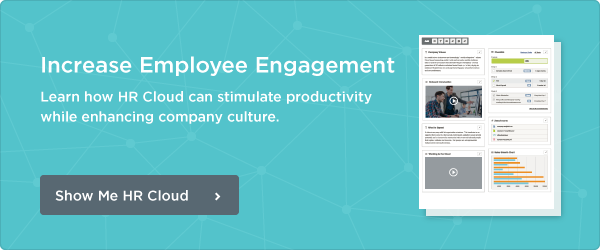An oft-repeated truism is “you only get one chance to make a first impression,” and all of us, I’m fairly certain, have stories and examples of times when we judged an individual upon first meeting based on either body language, behavior, or some other contextual factor.
An NPR article finds, "In less than a second, the time it takes to say 'hello,' we make a snap judgment about someone's personality,” says Jody Kreiman, a UCLA researcher who studies how we perceive voice. “On hearing just a brief utterance, we decide whether to approach the person or to avoid them. Such rapid appraisals, she says, have a long evolutionary history. It's a brain process found in all mammals.”
Because we’re aware of this very human tendency, many of us take great pains to ensure that we are making a positive first impression when meeting someone new. We craft an eloquent elevator speech, pay attention to our body language, practice our handshake (Not too firm! Not too soft! Not too clammy!), and remind ourselves to make eye contact.
Great tips. And there are workplace lessons in there as well. We certainly have multiple touch points with an individual as they move through the employee life cycle, yet there are a several occasions when producing a positive memorable effect really matters.
Talent Attraction Phase
In preparation for finding the right talent for the right jobs at the right time, it’s critical to take the time to define and articulate your employer brand. As part of this process, you’ll want to conduct an environmental scan to understand how external audiences view your organization. Read the reviews and feedback on Glassdoor and monitor social channels (Facebook, Twitter, Instagram, etc.) for conversations about your organization. This public perception of your organizational culture is the first impression left with potential candidates.
Recruiting Phase
Once candidates begin to engage with your organization, your goal is to turn those talented individuals into applicants. Your success in doing so is dependent upon, you guessed it, the favorable first impression you leave with them during the recruiting phase.
What do candidates think of your career site? Is it easy to use and accessible via mobile device? Can they easily apply for jobs, or do they fall into a winding labyrinth of complexity when attempting to express their interest in an open position? What about your job postings themselves? Are you merely posting job descriptions written in boring HR-speak that amount to no more than a laundry list of tasks? Or are you effectively sharing information about opportunities that reflect your culture brand—perhaps using video, pictures and employee testimonials?
Onboarding Phase
A newly hired employee has, presumably, had an exceptionally positive experience during the attraction and recruiting phases, but now they’ve joined the team and it’s make-or-break time.
Your onboarding program should offer multiple opportunities to reaffirm culture as you focus on providing opportunities for socialization and organizational buy-in. It’s at this stage when you should clearly communicate mission and values and provide role clarity so that a new employee fully understands their new job responsibilities and how they can be successful.
It’s advisable to regularly review your onboarding process and ensure you’re making the best impression. Think about removing cumbersome paper-based tasks and streamlining the experience for new hires. Consider the actual format of any orientation programs and make sure these programs align with your culture, whether that be formal, freewheeling or highly interactive; you want to make sure that a new hire is glad he made the choice to join your company.
Making a good impression never ends though. Every time there’s an HR interaction with an employee, you have the chance to re-win their heart and mind. How are you solidifying the relationship when communicating organizational change during the open enrollment period, or at the time of the annual performance appraisal process? Is there an employee rewards system in place to reiterate your culture and the importance of their impact on the organization?
Those touch points allow you to demonstrate, yet again, your value to employees. As pointed out in this article, “One of the best ways to take advantage of a first impression is to give people a reason to trust and value you.”
And you can demonstrate value and trustworthiness over and over again during the entire employee life cycle.
First impressions can be lasting impressions.
How do you make a powerful first impression on your new hires?
Let us know in the comments!
Keep Reading
Retention Reset: How to Keep Your Best Talent in 2025
More employees are walking away from their jobs in 2025 not just for better pay, but for
The Most Common Hiring Mistakes in the Healthcare Industry
The hiring process can be tedious in the healthcare industry, and it may be tempting to



